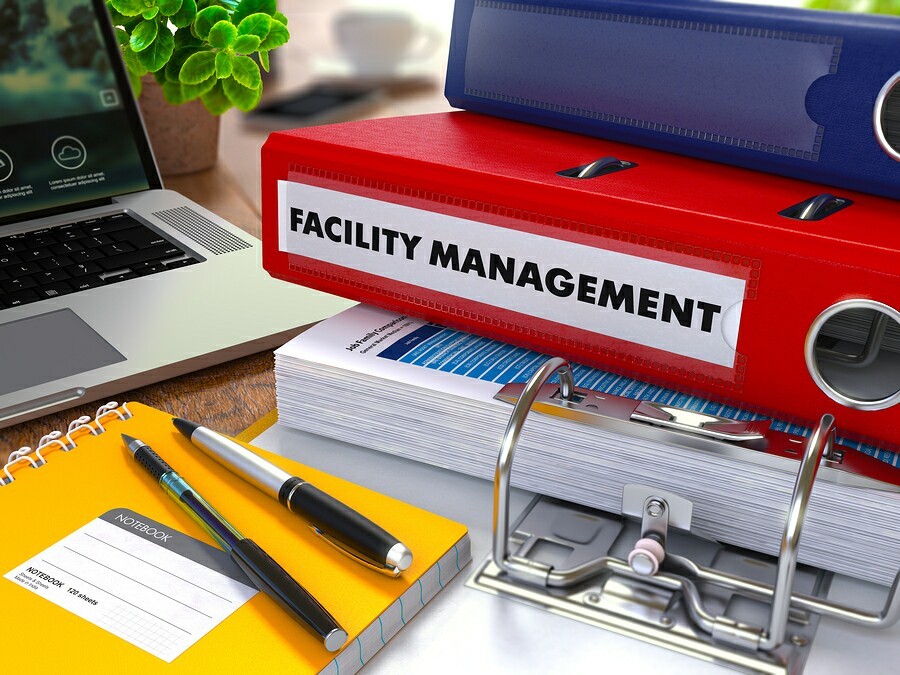5 Ways Workplace Trends Have Changed in 10 Years


How has the workplace changed over the past decade? What are the workplace trends that drive the future of the office space? Many of the workers of the 1970s, 80’s, and 90’s wouldn’t even recognize today’s offices as such. The headquarters of notable companies like Google and Twitter don’t look anything like the old cubicle layouts.
Companies are realizing that workplaces are more than a place to work – it is where most of their employees spend the majority of their waking hours during the week. Office spaces aren’t just somewhere to get the work done anymore.
Workplace Trends That Are Driving Change
The workplace is a pivotal tool for recruiting top candidates and retaining the best employees. Here are the workplace trends driving workplace changes over the past decade (and now, towards the future).
1) Work Doesn’t Always Get Done Inside the Workplace

Workers are no longer tied to a desk in the office. Most can do their jobs remotely, from across the building or across the world. Just give them a computer and an Internet connection, and they can be productive anywhere.
Today’s workforce isn’t bound by the four walls of the office. Work gets done via mobile devices from anywhere inside or outside the company’s facilities. Most workers need no more than a computer and Internet connection to get their jobs done, meaning they can work from home, during travel, from clients’ offices, or anywhere else. In these environments, it is important to arm the facilities with excellent Wi-Fi connectivity, plenty of charging stations for mobile devices, and spaces where remote workers can come in for meetings, delivering presentations and reports, debriefing, etc.
2) Workspaces are Less Structured and Confining
Workers who do remain in the office all or most of the time are less confined to a specific location or task. Workers are encouraged to move about, collaborate, share, and socialize. While the workplace of the past discouraged too much social interaction during the productive hours of the day, modern executives and managers realize that the best collaboration, innovation, and camaraderie grows in a social environment. Office spaces are increasingly designed with open areas, communal spaces, and fewer walls or barriers to support collaboration and communication.
3) Workplaces Offer More Than a Place to Work
Workers are not just employees, they are also people. People have families and health issues and a strong drive to have fun. Workplaces are increasingly catering to the worker holistically by offering spaces to rest or meditate, rooms to play games in or indulge in listening to music or connecting on social media, spaces for nursing mothers, fitness rooms and spas, and flexible schedules so that workers can get their jobs done while meeting the needs of their families. Facility management Leaders are often charged with finding and maintaining the best spaces for installing gyms, lactation rooms, gaming rooms, and other non-traditional areas in the workplace.
4) Workspaces are No Longer Defined as ‘Mine’ and ‘Yours’
Another innovative concept in modern offices is the idea of ‘hot desking’. Hot desking is when employees who work different shifts share the same workspace. This is an ideal setup for facilities that offer flex time. It allows companies to invest in less space while making the most of what workspaces they have. Hot desking does, however, bring challenges to the facilities manager, who is trying to stay on top of who is where, and how space is being used. Fortunately, the past 10 years has also seen great strides in FM software.
5) Facilities Management Software Has Evolved

The facility management tools available today are far more feature-packed than yesterday’s versions. Also, the latest software is intuitive and attractive, making it enjoyable to keep the facility management database up to date.
Today’s facilities management software offers a wide variety of features and functionality that was not available before, and it also looks more appealing. Gone are the boring screens that resemble DOS, replaced by colors that are easy on the eyes and a user interface that is intuitive. This software also offers a capacity for collecting, analyzing, and reporting on important data so that the FM can always stay on top of the company’s facilities and spaces.
What will the next decade bring? What will be the new workplace trends? How will those workplace trends affect us? Experts predict that worker mobility and a reduction in the amount of space required to serve employees are trends that will stay strong well into the future.
